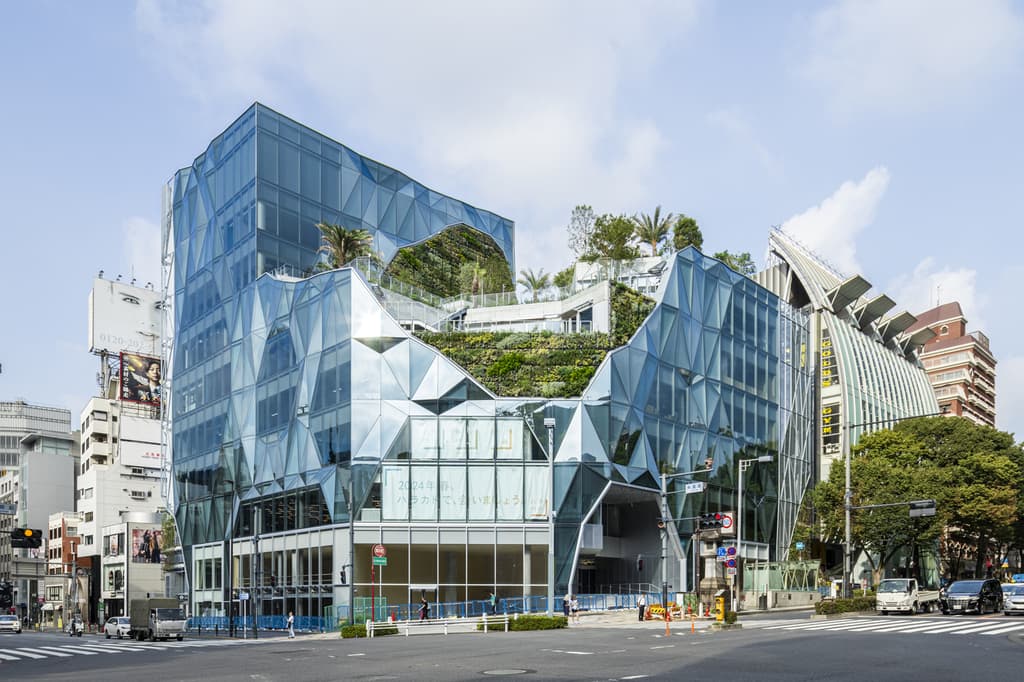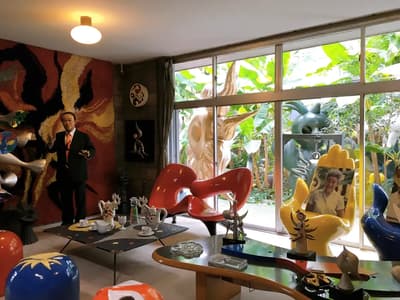Harajuku, Omotesando and Aoyama area is a treasure house of famous architecture. Just by walking around, you can encounter many wonderful buildings. We have compiled a list of buildings carefully selected by our editorial department that we particularly recommend you check out!
Characteristics of Harajuku/Omotesando/Aoyama area
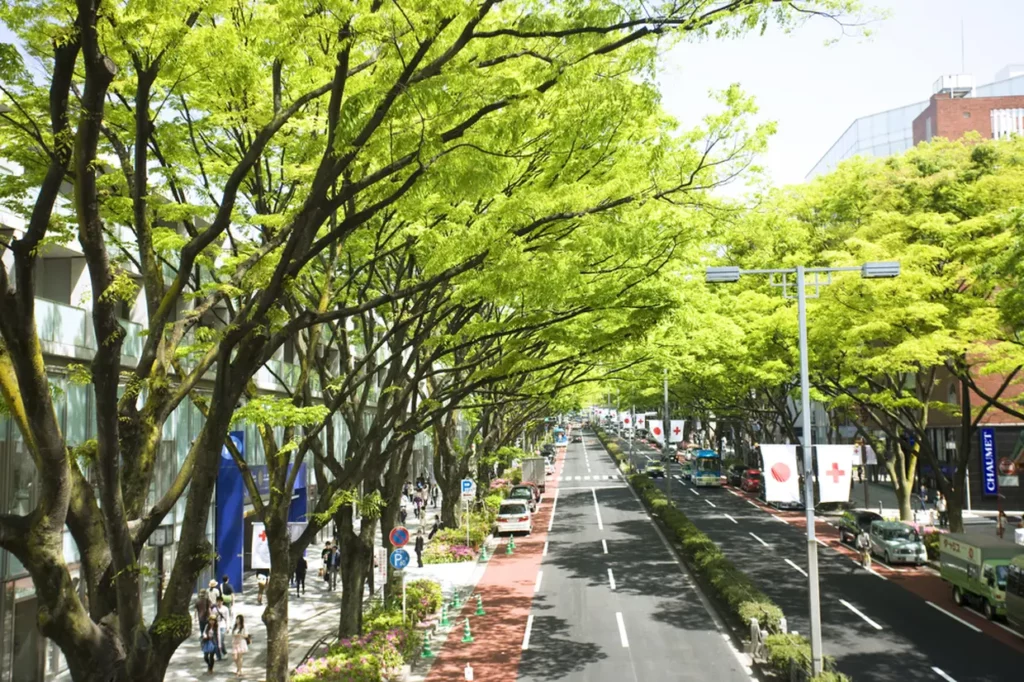
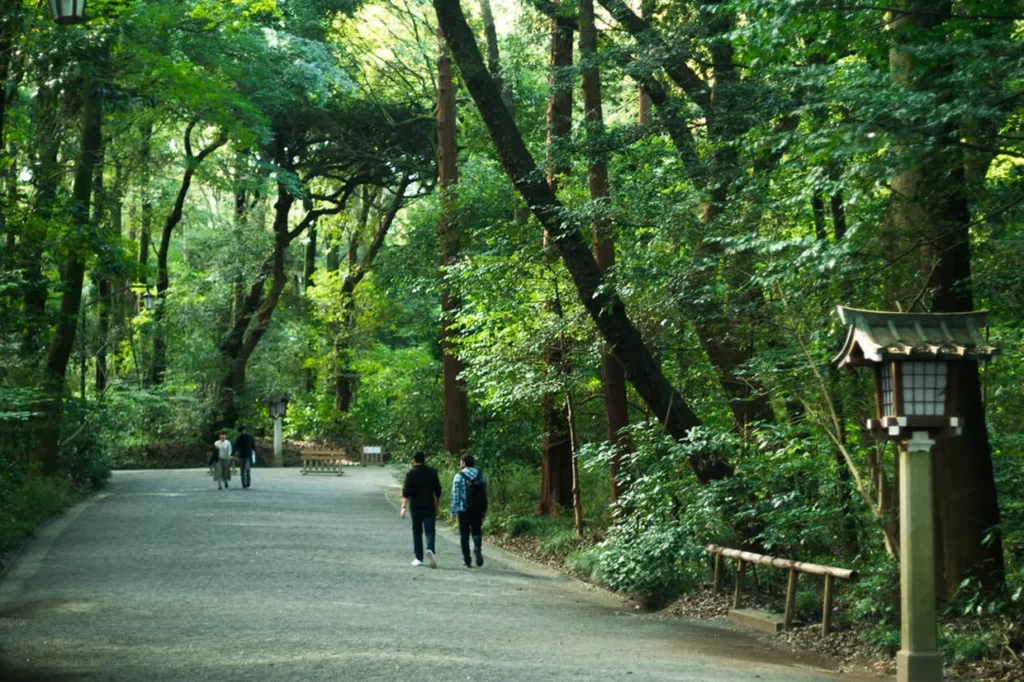
The Harajuku, Omotesando, and Aoyama area is surrounded on three sides by Shibuya, Shinjuku, and Roppongi. Compared to its surroundings, this area is more sophisticated, with the Meiji Shrine with its vast forest, high-brand stores and luxury boutiques, and each of the three areas has its own character, which are loosely connected.
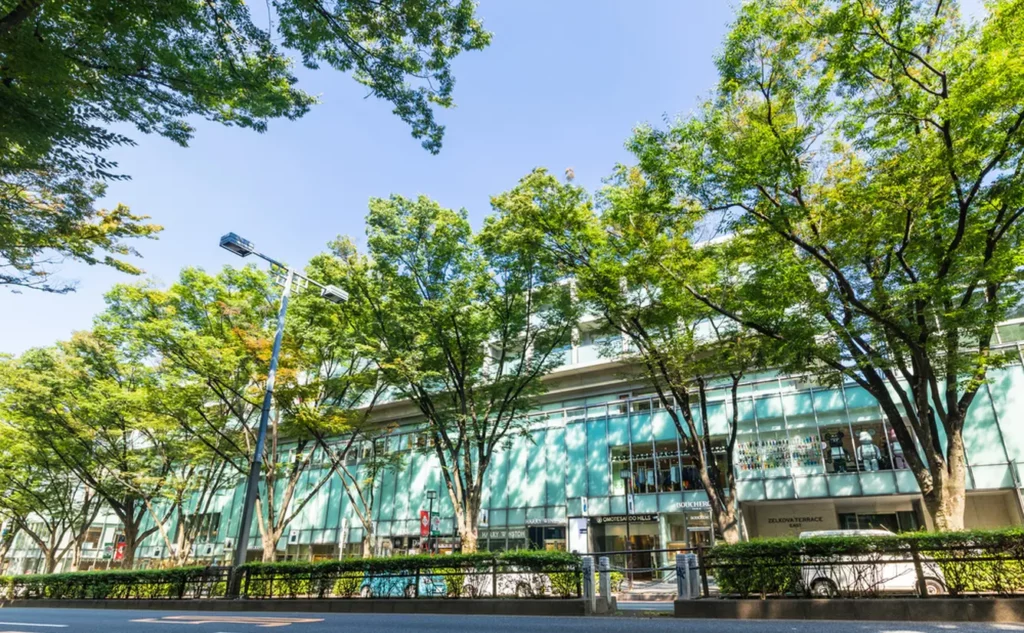

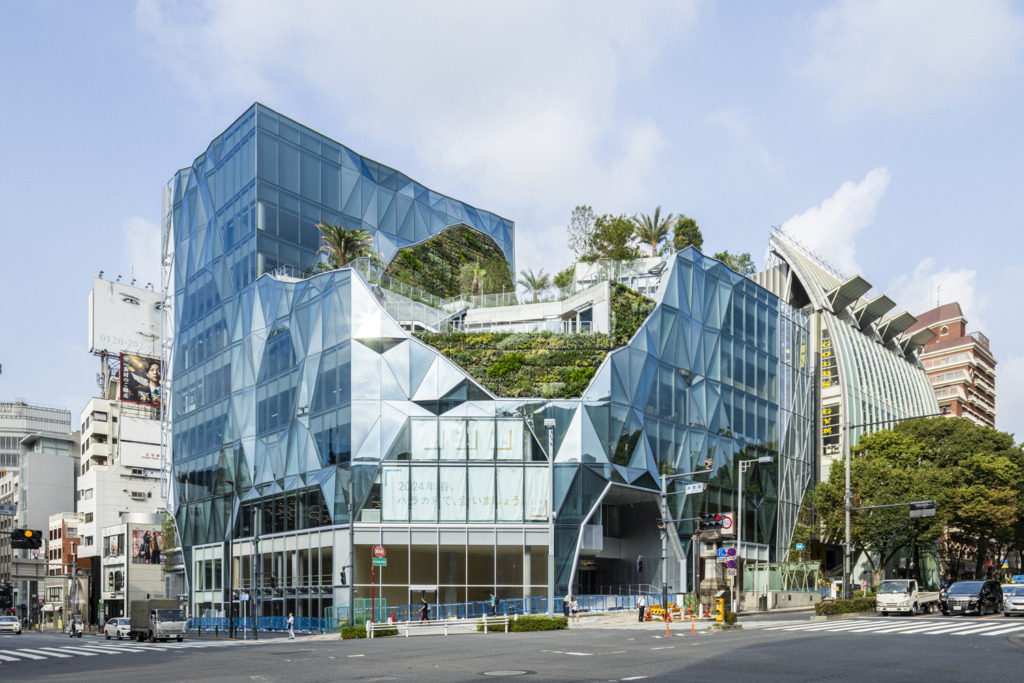
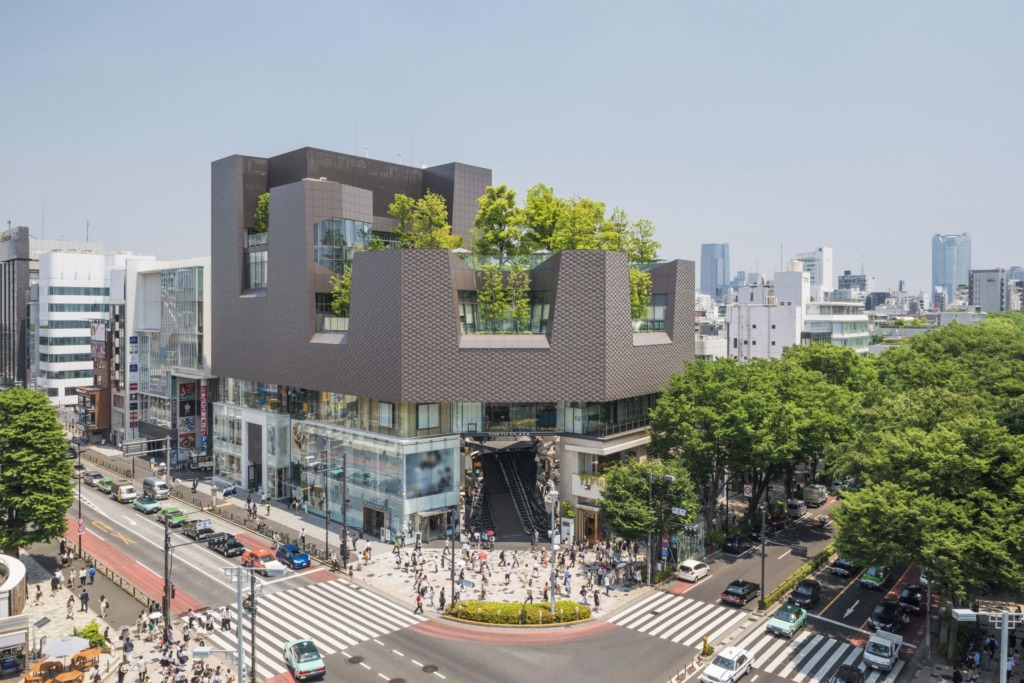
One of the things you should do when you visit Harajuku, Omotesando, and Aoyama area is to visit architectural tours. The Omotesando/Aoyama area in particular is famous for its fashion, with Omotesando Hills at the top of the list. The streets of Omotesando, which is also the name of the area, are lined with high-brand stores and sophisticated fashion buildings. Many of the fashion buildings were designed by famous architects, so you can see world-class architecture while shopping.
Omotesando Hills
Omotesando Hills is a well-known landmark of Omotesando. It is a shopping building with several stores. The former Dojunkai Aoyama Apartments, originally a landmark of Omotesando, was redeveloped while taking care not to destroy the zelkova tree-lined landscape. The interior of the building is a spiral slope that allows visitors to walk around the stores as if they were walking up a slope.
Harakado
2024年4月にオープン予定の商業施設。70以上のショップが入居予定のほか、個性的な屋上や日本の入浴施設銭湯もビル内に誕生予定です。凸凹したガラスの外装は遠くからでもわかるほど目立っています。
Laforet Harajuku
Since its opening in 1978, this building has been loved as one of the most fashionable buildings in Harajuku. The skip floor system, which was adopted as a method to attract people to the upper floors, was revolutionary at the time. The skipped floors are still in place today, and visitors can look over the stores above and below as they walk through the building.
Tokyu Plaza Omotesando Harajuku
Tokyu Plaza Omotesando Harajuku, located just across the street from Harakado, is a commercial facility operated by Tokyu, just like Harakado. It is famous for its kaleidoscope-like entrance tube. The rooftop is laid out with trees and terraces, integrating it with the Omotesando cityscape.
GYRE
Standing at the entrance of Cat Street, this building complex houses luxury brands and interior stores. The spiral design of the exterior is eye-catching.
With Harajuku
With Harajuku is a relatively new commercial building with easy access to Harajuku Station, which is only about a one-minute walk away. The architecture is characterized by a passage-shaped passageway running through the building, which serves as a loophole connecting Harajuku Station and Takeshita-dori Avenue. The large torii-like gate on the Harajuku Station side and the stepped terrace overlooking the Jingu Forest are points of interest.
Co-op Olympia
Co-Olympia is a condominium built in 1095. A one-minute walk from Harajuku Station, this large gray-tiled condominium is an impressive landmark in Harajuku, standing along the zelkova trees of Omotesando. Although this building is a condominium, a restaurant occupies the first floor, and you can partially enter the building.
Omotesando Branches
This building was designed by Sou Fujimoto, who will be in charge of venue design for the 2025 Osaka-Kansai Expo. The building’s structural frame is planted with trees, giving the building the appearance of a tree growing out of the building. Although small in scale, the building has an outstanding presence.
Sunny Hills Minami Aoyama
This is a famous Taiwanese pineapple cake store. The exterior, with its intricate combination of wood, is a sight to behold. Traditional Japanese joinery techniques are used.
PRADA Aoyama Store
The Prada Aoyama store has a distinctive design in which the entire building is covered with diamond-shaped glass. The glass used has both flat and uneven surfaces, so that when looking from the outside to the inside, and from the inside to the outside, the landscape is visualized in a distorted manner.
Dior Omotesando
The Dior Omotesando building has a white, soft exterior that is more transparent than most of the buildings lining Omotesando. The exterior is made of glass and the interior is made of acrylic, creating a double-layered structure that embodies the drapes that are characteristic of Christian Dior dresses.
Louis Vuitton Omotesando
Louis Vuitton Omotesando store across from Omotesando Hills. The exterior of the store looks like a stack of various “boxes,” reminding us that the founder, Louis Vuitton, started out as a trunk maker.
BOSS Store Omotesando
This building houses BOSS, a world-famous brand of men’s suits. This building was designed to blend in with the zelkova trees lining Omotesando, and the building itself resembles a tree trunk.
Spiral
Spiral, a building that houses galleries and general merchandise stores, was designed by world-renowned architect Fumihiko Maki. The exterior design is a combination of various shapes. Upon entering the building, visitors will find a gallery space with a rising spiral ramp. Admission to the gallery is free. It is an art spot that can be visited easily.
United Nations University
Designed by Kenzo Tange, a giant star of Japanese architecture, the United Nations University is distinguished by its symmetrical facade. The university plaza regularly hosts farmers’ markets and is a favorite place for community interaction.
